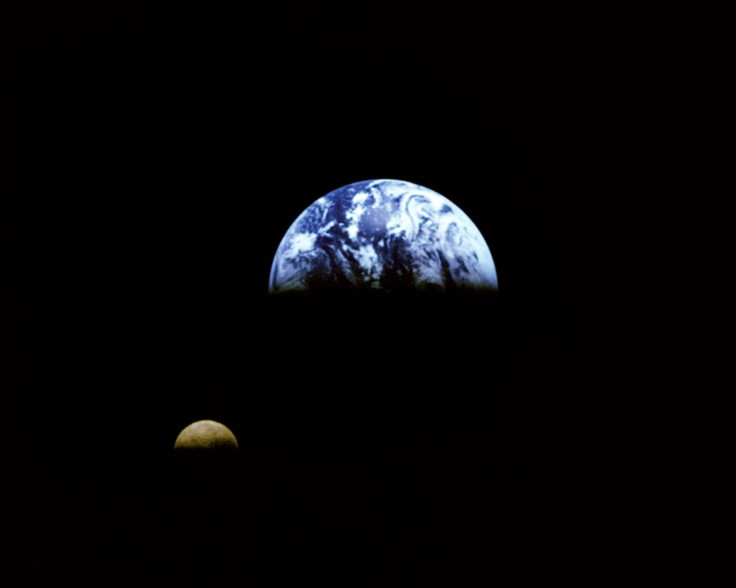Earth And Moon Are Not Identical Oxygen Twins After All, Study Finds

KEY POINTS
- Past lunar sample analyses suggest Earth and Moon have near-identical oxygen isotopes
- A new analysis revealed differences in the Earth and Moon's oxygen isotope composition
- The evidence supports a hypothesis about how the Moon was formed
A new study found that the Earth and the Moon may not actually be identical oxygen twins as previously thought. The findings help support current beliefs about how the Moon formed.
Moon Formation
It is believed, under the Giant Impact Hypothesis, that the Moon was formed after a collision between the early Earth and a Mars-sized proto-planet called Theia billions of years ago. Gravity then bound the debris ejected from the collision, eventually forming what we now know as the Moon.
This hypothesis can help explain the many composition similarities between the Moon and the Earth as well as why they are tidally locked. However, it has been difficult to rationalize why the lunar samples returned from the Apollo mission revealed that the two bodies have near-identical oxygen isotopes composition.
A possible explanation could be that the Earth and Theia had near-identical compositions, to begin with, but this is quite unlikely since all the bodies in our solar system have unique compositions. Another possibility is that the impact mixed the oxygen isotopes of the two bodies so well that Theia left a less clear signature on the Moon.
However, the authors of a study now published in Nature Geoscience are throwing another possibility into the ring: The Earth and the Moon may not be as near-identical as we think.
Not Identical
For the study, researchers conducted high-precision oxygen isotope analyses of a range of lunar samples and found that the Earth and Moon actually have distinct oxygen isotope compositions. Evidently, the oxygen isotope composition varied depending on the type of rock they tested, with the oxygen isotopes from the samples taken from the deep lunar mantle being the most different from the oxygen isotopes from Earth.
"This data suggests that the deep lunar mantle may have experienced the least mixing and is most representative of the impactor Theia," study co-author Zachary Sharp explained.
The results of the study show that the Earth and the Moon are not identical oxygen isotope twins. Instead, remnants of Theia were likely just buried deeper within the lunar mantle while the layers closer to the surface were contaminated with material from the Earth.
The results of the study bring us closer to understanding how the Moon was formed, as it essentially helps make the Giant Impact Hypothesis an even more plausible explanation.
© Copyright IBTimes 2025. All rights reserved.






















